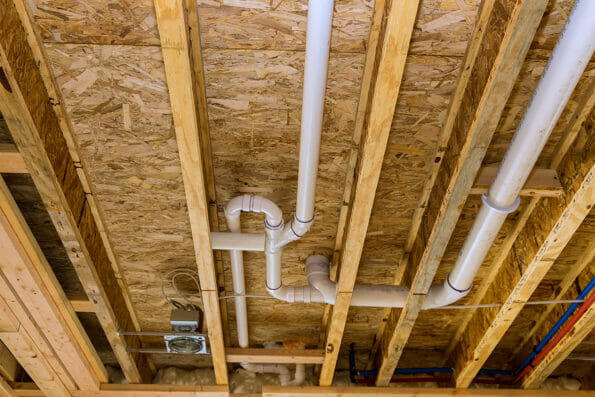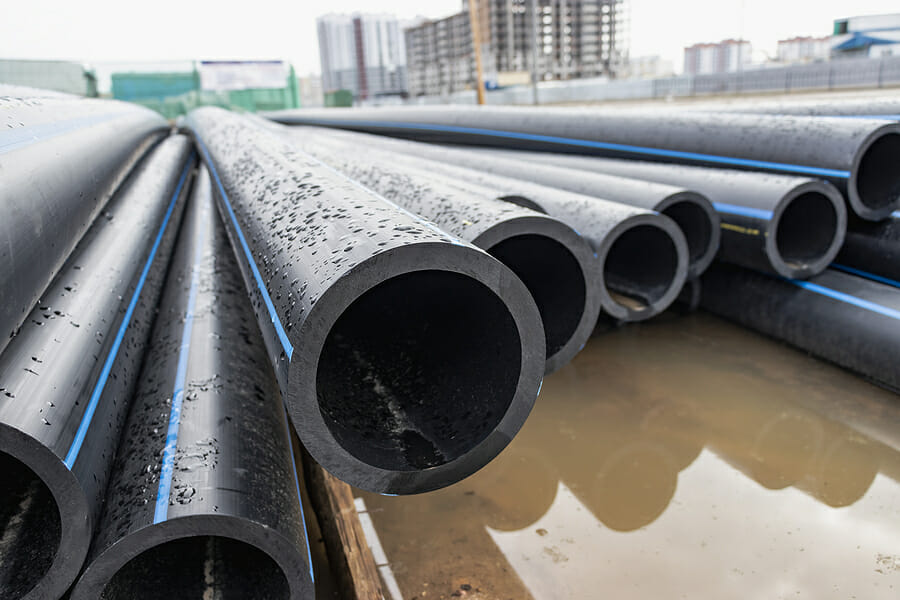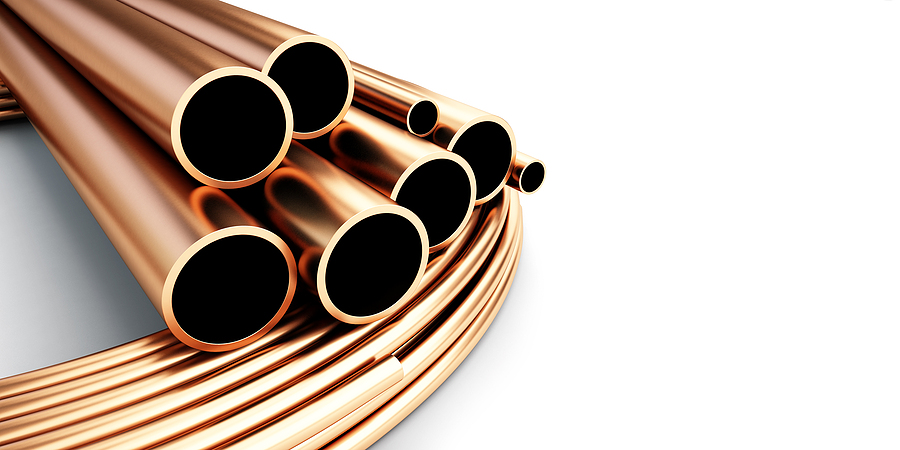Long pipe runs extend service. Over time, though, the drawbacks multiply.
The financial drawbacks of relying on long water pipelines include high initial capital expenditure (CAPEX) and high long-term operating expenses (OPEX). Although it has often been assumed that we lack any better alternative, decentralized treatment can reduce many of the enormous costs that seem only to mount as pipelines age.
Pipeline CAPEX
When designing and planning a water asset or wastewater asset, it can be misleading to think of it primarily in terms of a treatment plant. With respect to capital expenditure, centralized projects are often really more pipeline than plant. Estimates vary, but many experts regard pipeline costs as accounting for a large portion of the total capital expenditure on a project. One such example, a pipeline to carry water to Aberdeen from the Missouri River, would cost upwards of $271 million.
Long pipelines can also be politically challenging. They may cross many jurisdictions, unexpectedly bump into culturally significant archaeological sites, or be required to take a less than optimally efficient route in order to avoid sensitive ecosystems. Such friction tends to add to CAPEX.
Pipeline OPEX
Without energy and without maintenance, pumping stations can’t keep the water moving. The longer the pipeline, the more pumping has to be done and the more money has to be spent. If and when organizational and financial resources fall short, it becomes harder to maintain pumping equipment in a timely fashion.
But keeping the pumping stations functional is only one facet of pipeline maintenance. One must also maintain the pipes. Detecting and fixing leaks is manageable enough at first. But as time goes on and more expensive repairs become necessary, capital to make those repairs may be harder to come by. Under such circumstances, repairs tend to be delayed until nonrevenue water — that is, water lost to leaks or theft — burdens customers with higher rates even as they are also being asked to foot the bill for the repairs.
Nonrevenue water from leaky pipes is now a global problem. An awful lot of aging water infrastructure either already needs to be replaced or will need replacing very soon. The problem is so widespread that the American Water Works Association has called our time The Replacement Era.
Decentralization: An Alternative to Long Pipe Runs
Despite the shortcomings, the necessity of running long pipe to and from central plants is often taken to be unavoidable. But often there is a better way. In certain scenarios, one can eliminate burdensome miles of pipeline by decentralizing, which in this context means building smaller water assets right where consumers need them.
One can eliminate long pipe runs by building smaller structures at the source of need and using standard, smaller-gauge pipe that is much cheaper than the lengthy large-diameter pipe required to link up with a distant central plant.
If a service area is large, a scattered array of small plants can provide the same capacity as a large central plant — without all the drawbacks of the long pipelines.
Moreover, fewer competing political interests must be contended with when plants are more local and pipelines are shorter. Less natural habitat is disturbed. Less energy and maintenance are required to sustain pumping. Less leak detection is necessary, and much less repair work.

Long Pipelines and Local Reuse
In large areas affected by drought, it makes little sense to use fresh water only once. Treating it in accordance with a standard suitable for non-potable applications is a cost-effective way of increasing the availability of water without withdrawing scarce water from natural sources.
But the costs of using pipe for centralized projects can thwart plans to reuse local wastewater. An expensive pipeline must be constructed to move wastewater to a distant plant for treatment, as well as a second expensive pipeline to move the treated effluent back to where it can be reused. On the other hand, when wastewater infrastructure is decentralized, water stays local and is reused right where it is treated. There’s no need for long pipe runs.
The twentieth-century model of centralized water and wastewater infrastructure has served us well. But our long experience with this way of transporting water has taught us, among other important lessons, that the less pipe the better.
Image Source: BigStockPhoto.com (Licensed)
Related Categories: Home, Reviews








